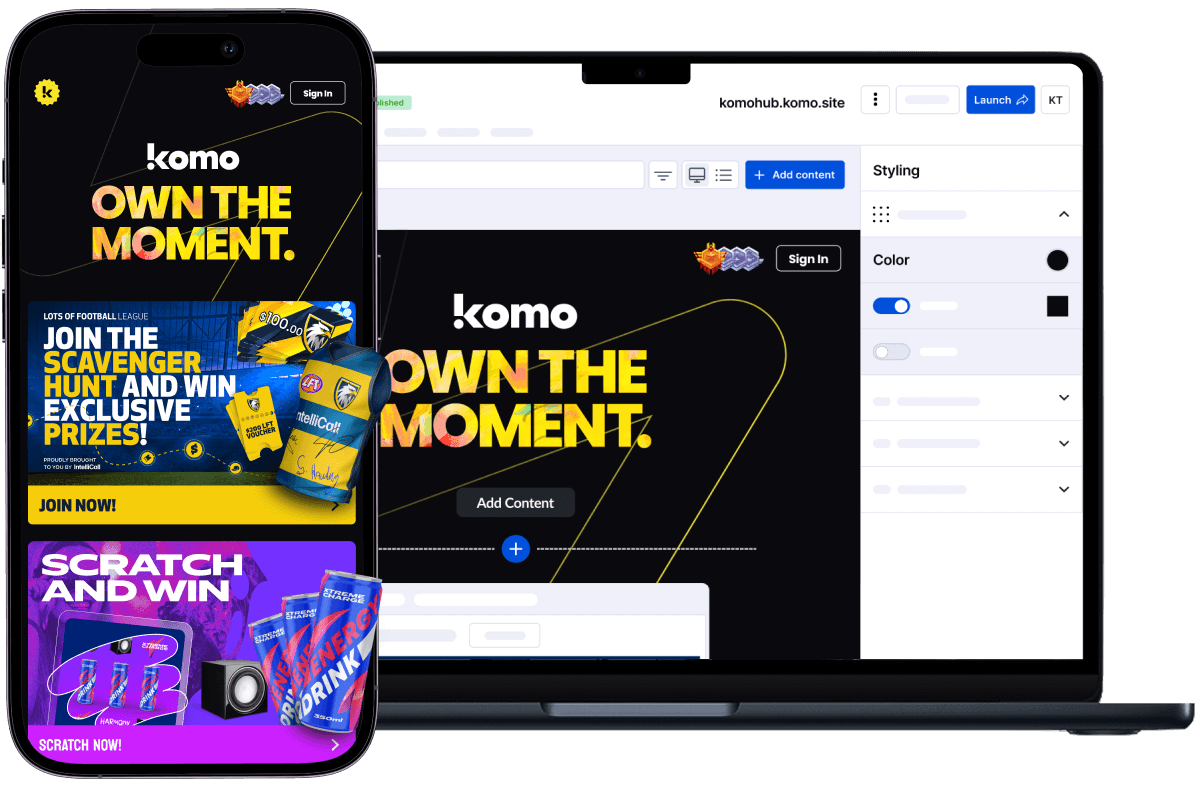Marketing success in the current era requires brands to have a 360-degree view of their customers to ensure that their marketing strategies adapt to rapidly shifting consumer behaviours.
It's apparent that the C-suite understands this: 94% of top-level management executives say that digital user behaviour is a priority, but 71% of business leaders are also unsure of how to collect customer insights effectively. This shows that even with readily available resources such as big data at the fingertips of brands, large quantities of valuable customer insights go uncovered.
“As marketers, we want to get our campaigns right and then keep iterating to get even better results. To do that we need to know what our customers are all about and then turn that insight into action”, Kenyatte Nelson, Chief Brand Officer at N Brand Group.
Why are Customer Insights Important?
To start, what are customer insights?
TechTarget states that customer insights are “interpretation of data, trends, and behaviour used to improve product development or customer support”.
Marketing industry leaders have long emphasised the importance of being customer centric – but brands are unable to truly embody customer centricity without the effective collection, interpretation, and use of market research data to develop relevant and rich customer insights.
Customer insights and data equip brands with a fundamental understanding of their customer’s needs, attitudes, and habits to develop customer-focused campaigns that propel businesses forward; regardless of whether it’d be a digital or retail environment.
A key feature of customer centricity is using insights and data to balance the needs of both the business and customers – allowing brands to sidestep costly mistakes in implementing decisions with a narrow focus on the bottom-line and devoid of any customer understanding.
When put into action, customer insights can be used in areas such as streamlining the customer journey, improving customer service, and the personalisation of branding, messaging, and product features in ways that resonate with customers.
Steps for Effective Market Research
Whether it be quantitative or qualitative data that needs to be collected and interpreted, this framework for collecting customer insights is useful to develop high-impact marketing strategies.
1. Identifying the problem
Every marketing strategy with a positive ROI requires adequate strategising, and data collection is no different. Accurately identifying the marketing problem your brand is actively trying to solve is important to ensure that only relevant data is gathered.
In order to ensure that your team is solving the right problem, the marketing problems that need solving must be tied to higher-order marketing goals; which in turn are tied to higher-order business goals. Establishing the problem correctly also ensures that your brand has a clear and defined path on what data points to keep an eye on.
2. Using the right data
Using only the right data prevents analysis paralysis, once again saving time and resources throughout the data refining process. As a rule of thumb, due diligence should be done to ensure that data is reliable, accurate, and timely to ensure that you are solving your marketing problem to the best of your ability with the most high-quality and up-to-date data.
In addition, fighting the temptation to use as much customer data as possible and keeping it simple may yield great rewards in the form of easily interpretable data as well as saved time and resources. Brands don’t need to collect every data point or use every industry report to develop impactful strategies.
3. Uncover the story behind the data
Having a wealth of data at your disposal is useless if your team lacks the capability to interpret it or worse: interpret it incorrectly. This is where it pays to have an adept analyst on the team; someone who understands the business of marketing, can translate insights into a cohesive story and solution, and can develop solutions and ways forward.
Besides, customer insights interpreted without the context surrounding your customers and company may interfere with connecting the dots accurately. This is the reason it is important to ensure that context is considered in developing strategies that are catered to the unique characteristics of brands and customer segments.
Methods for Gathering Customer Insights
1. Surveys, questionnaires, and forms
Want a question about your product or company answered? Getting an answer may be as easy as just asking for it.
Surveys, questionnaires, and forms are important tools for a brand’s customer insights strategy. 59% of companies use surveys to collect data. They allow a company to collect data from a sample, with the results being extrapolated to a larger population in most cases. Surveys, questionnaires, and forms allow you to hone-in on specific business or marketing issues by crafting the questions accordingly. In addition to questions, using rating scales, and checkboxes may allow for the effective collection of quantitative data.
Qualitative data collection is where text-based collection methods shine. With the right questions, they allow your brand to uncover insights on a psychological level such as motivations and beliefs and driving forces behind consumer decisions that occur on a subconscious level. Luckily for businesses, most online survey tools are free, facilitating data collection at low costs.
2. Reviews and social listening
Reviews and social listening entail analysing online conversations regarding your brand on social media platforms and websites. These two methods for market research are integral to digital marketing strategies of even the largest multinational corporations eager to win consumers over on platforms they frequent.
Analysing conversations in reviews and social media allows a brand to better understand the overall customer sentiment regarding their products, needs, and other aspects of their brand. Through authentic and unfiltered customer conversations, brands can get a good picture of how they are perceived in the eyes of their target audience which can inform decisions regarding brand positioning, messaging, and advertising creatives.
3. Social Media and Website Analytics
With built-in and third-party tools, brands can track, collect, and analyse data from social media and websites. These analytics are used by managers to evaluate, optimise, and keep track of the performance of their digital marketing efforts.
Social media and website analytics are easy to understand and interpret. Metrics such as clicks, video views, page views and likes provide a general idea of what content or copy is effective. But more significantly, a well-designed customer insights strategy allows brands to track the effectiveness of every stage of a customer journey and identify bottlenecks. As an example of customer insights at work, if a homepage containing a link to a landing page to purchase a product is generating large amounts of page views but the landing page itself is now, this may alert the brand to the fact that the copy to click on the landing page’s link may not be enticing or easily visible.
4. A/B testing
A/B testing is a method of comparing two versions of things such as sales processes or app interfaces to identify winning features. When combined with statistical tools, this experimental approach to market research allows brands to collect reliable data. The most common example of A/B testing is in the advertising industry where different ad copies or creatives are used to optimise a campaign.
A/B testing allows you to directly and quickly identify a winning variation that best appeals to your target audience. This is especially important in obtaining insights that may be difficult to collect using methods such as surveys and questionnaires – instead of telling you, customers can show you what works and what doesn’t.
Tap Into the Power of Customer Insights with Komo
Komo allows you to conduct market research in an interactive way - deriving useful customer insights while strengthening brand-customer relationships through customer engagement.
With easily navigable dashboards and real-time analytics, Komo’s Engagement Hub enables easy and effective data analysis of important KPIs of content on your hub such as total impressions and engagement rate in order to empower your brand with the customer understanding necessary to succeed in the age of digitisation.
Find out more about Komo’s Engagement Hub here.
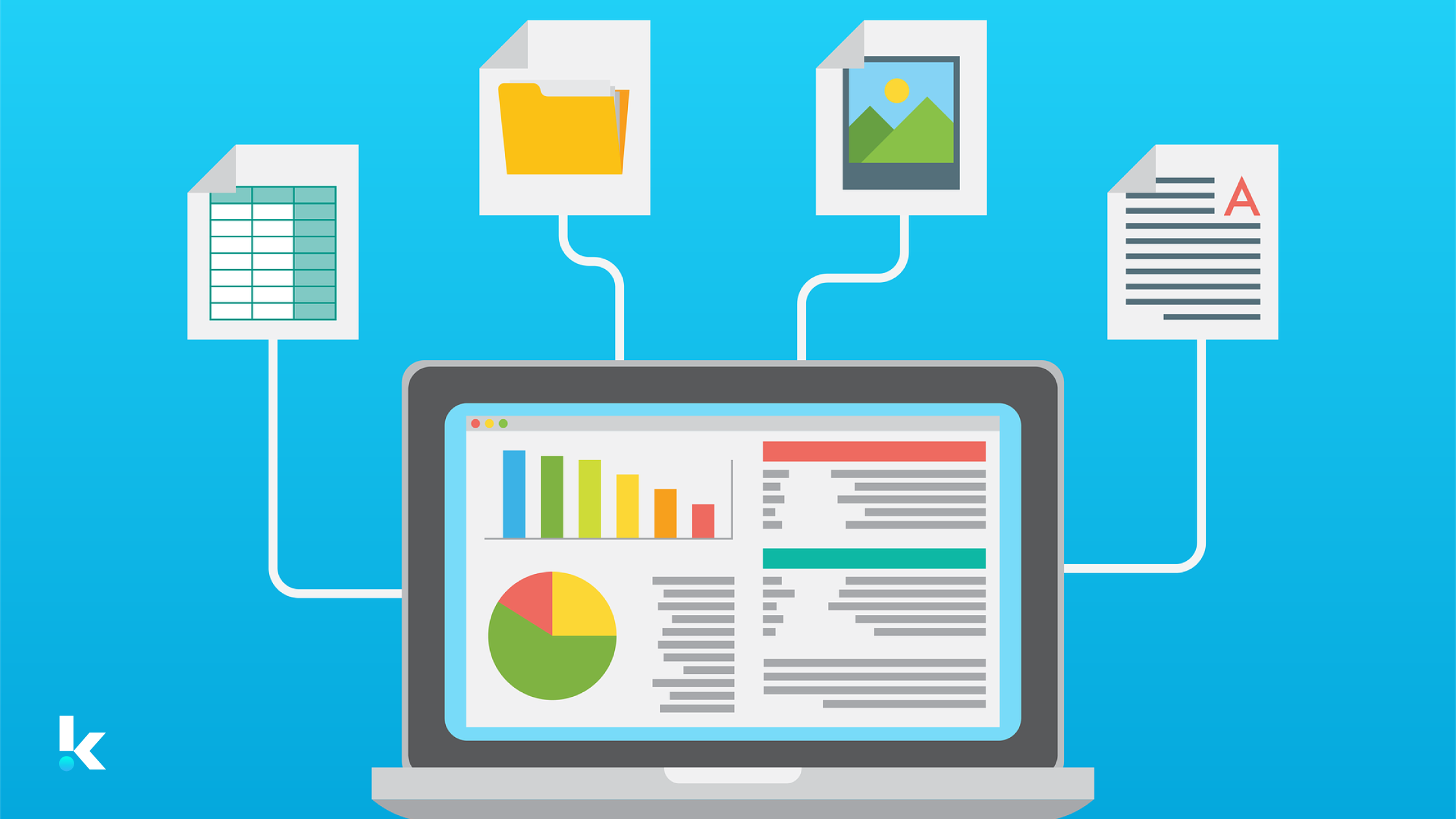
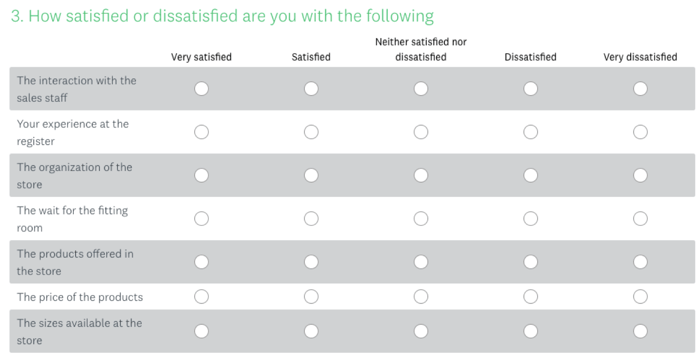
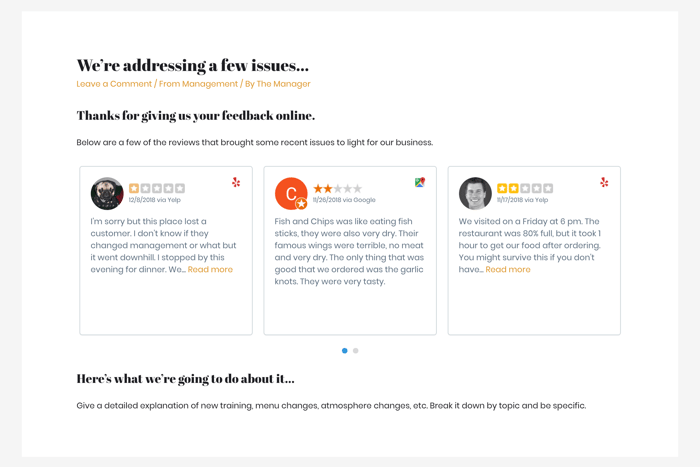
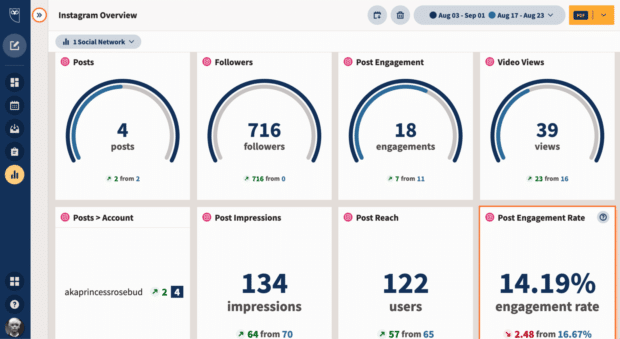
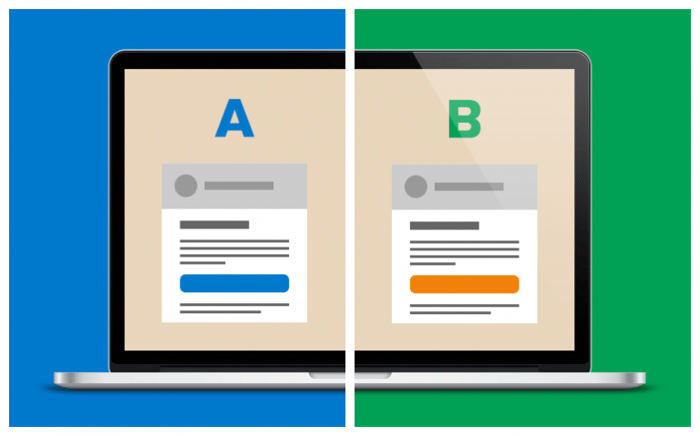

.png)

